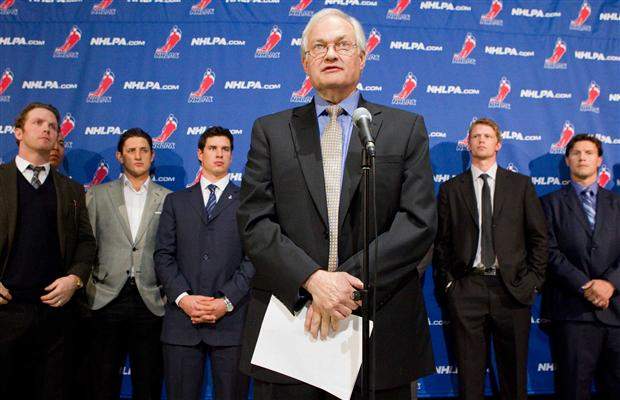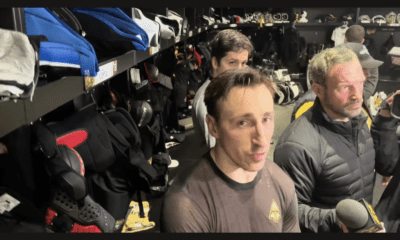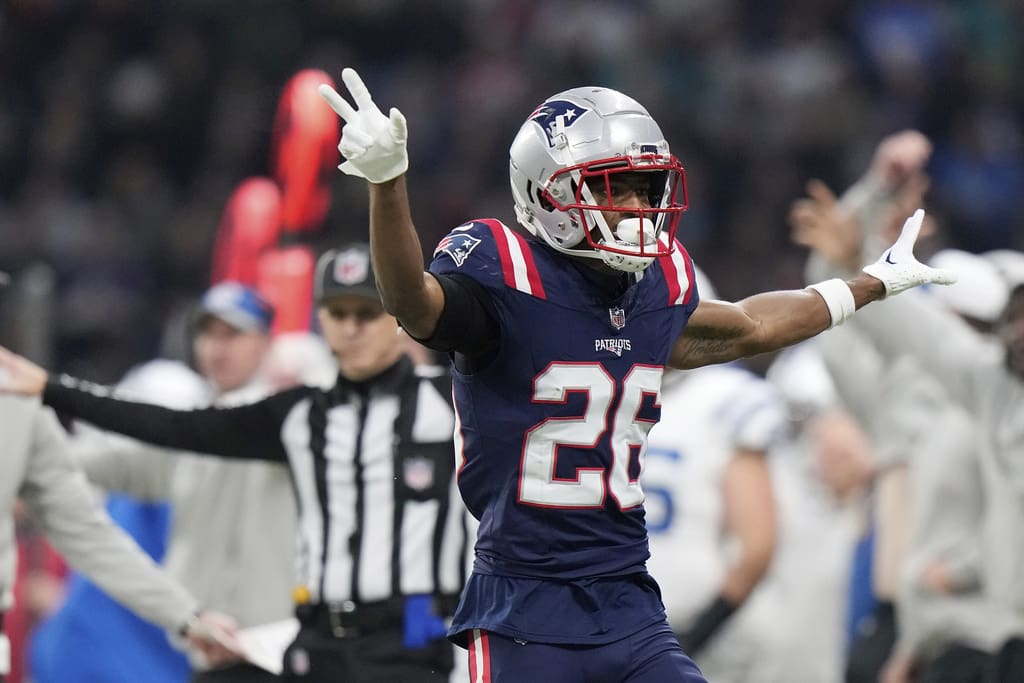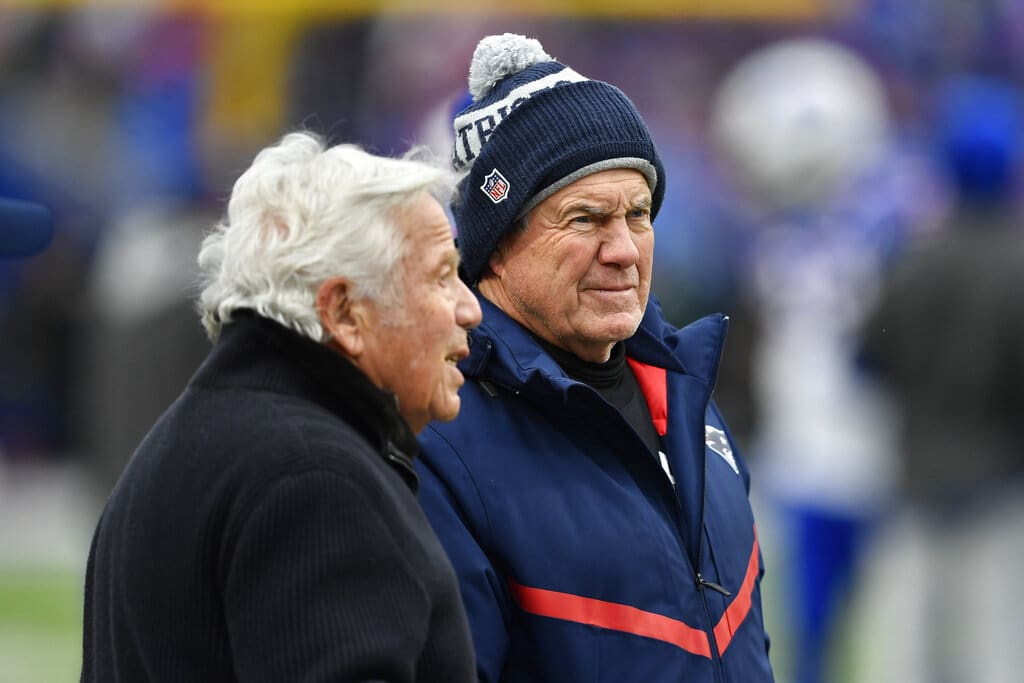Boston Bruins
Explaining Escrow and Why Players Despise It

The NHL and NHLPA will continue sparring and negotiating over league finances in an attempt to salvage the 2020-21 NHL season. Or, perhaps it’s now just the 2021 NHL season. As part of the five-year CBA agreement and NHL Return to Play that the two sides signed in June, the players agreed to a 20% escrow, which declined to 6% in the CBA’s final years.
In 2019-20, the escrow was 10%.
However, as PHN has reported on the new discussions, which NHL Commissioner Gary Bettman said were not renegotiations, we’ve noticed many fans don’t know or understand the “escrow” which players hate. I mean, the players absolutely HATE the escrow, and it was the primary contention for the new CBA.
As part of the new “discussions,” which are not “renegotiations,” the owners seek to raise the escrow in the CBA’s final years. The players won a concession, and the escrow will eventually drop to 6% in the latter years. However, the league is reportedly seeking to raise the 20% escrow this season, include increased deferrals, and increase the later years’ escrow to well above 6%.
What is escrow?
Every year, the players place a predetermined amount of their salary into an escrow account based on league revenue projections.
Let’s use 2018-19 as a normal example, and then you can extrapolate it to the 2019-2020 tidal wave of revenue losses.
Cue ominous music.
For a real-world example, Boston Bruins winger Chris Wagner’s contract for the last two seasons carried a $1.2 million salary cap hit.
*Note: Wagner signed a three-year extension with a $1.3 million salary cap hit last season.
The salary cap is based on expected hockey-related revenues (HRR) for that season. So, each June, the owners, and the NHLPA decide the salary cap based on projected HRR. The two sides generally project growth, not a loss, and the salary cap rises, without a guarantee that revenues will rise (Owners control the business).
Per the last CBA in 2012, the players and owners share revenues 50/50, but the player’s salaries are fixed while the revenues and the salary cap fluctuate annually.
So, escrow was created to balance the equation. Legally, escrow is an account held by a third party for legal distribution after a matter has been resolved.
Continuing our example, the league puts some of Wagner’s paycheck in an escrow account. The escrow holdback was somewhere around 10-12% in typical years, which would be about $120,000-$140,000 for Wagner.
The owners and players projected revenues and set the salary cap at $79.5 million for 2018-19. However, revenues fell well short of hoped gains, despite NHL Commissioner Gary Bettman’s proclamation, “We’re having healthy growth.”
So, to balance the players’ and owners’ 50/50 split of revenues, the escrow money is given to the side, which is short of their 50/50 take. If the owners were short by $1, that dollar would come from the escrow account and the remainder given back to the players.
It just so happens that every year, the owners get most or all of the escrow. The two sides aren’t very good at revenue projections, are they? After several seasons, the escrow holdback exceeded 12%.
For 2018-19, Wagner received only $1.080.00 million, minus taxes and athlete expenses such as agent commissions.
Just imagine losing 10% of your salary because the company overestimated revenues. Again. As a side note, that is why the salary cap increase was nearly flat for 2019-20; the NHLPA wanted a small escrow and accepted a marginal cap increase to lower escrow.
Even before the pandemic, the anger of lost escrow money effectively killed the World Cup of Hockey for 2020, as players geared up for September CBA negotiations. Jonathan Toews told the CBC, “A. escrow and B. escrow,” when asked the biggest issues in the coming negotiations.
The escrow discussion, or at least how to better calculate the salary cap each June so that players aren’t waving goodbye to sizable piles of money that they thought was theirs, was the most pressing issue.
Before the sides agreed to the NHL Return to Play, former New Jersey Devils goalie Corey Schneider summed up the issue to the AP in June.
“I don’t know if we’re going to eliminate (the escrow). Obviously, we’ll figure that part out,” Schneider said. “But at least some way to mitigate it or control it better for us just to know what to expect.”
Fast forward to the current NHL return discussions.
Escrow and deferrals are again the most pressing issue in discussions (But it’s not a renegotiation?) The discussion was thought to be solved, but reopening it has the next NHL return in peril, even as insiders express confidence there will be a season.
It should be noted, the NHLPA has not disputed the 50/50 revenue split. Not before or after the pandemic.
The players agreed to a flat salary cap until the 2019-20 losses were paid back, a double-digit salary deferral, and the 20% escrow.
We used Wagner and his $1.2 million AAV, to give an idea of how a fourth-liner is affected because the majority of NHL players make much, much less than the superstars. And those escrow payments hurt.
That’s why players despise them. In normal years, the revenues rise and fall based on the owners’ business decisions; players are employees. This is why teams invent revenue sources like reverse retro jerseys. Yet, the players share the burden of the success or failure of those decisions.
It’s an egalitarian system, which the players are not disputing. Nor have the players disputed the need to give back more salary to balance the books for 2019-20, but the two sides already agreed to settle the score on a five-year timetable.
The players simply wanted more “salary certainty.” And that’s why they’re angry the Owners want to change their salaries again.



















